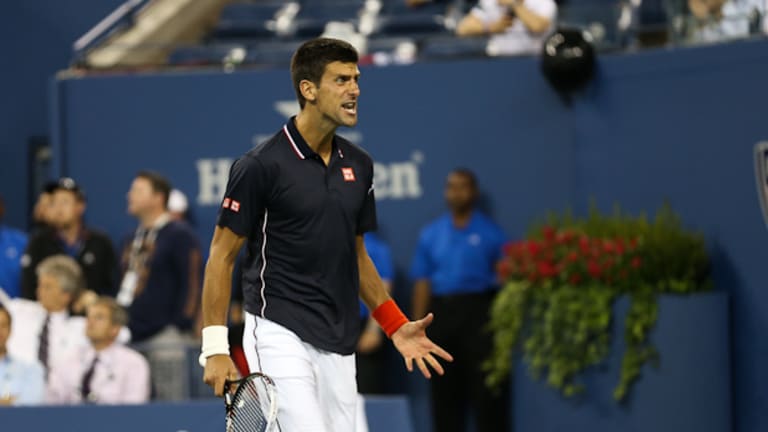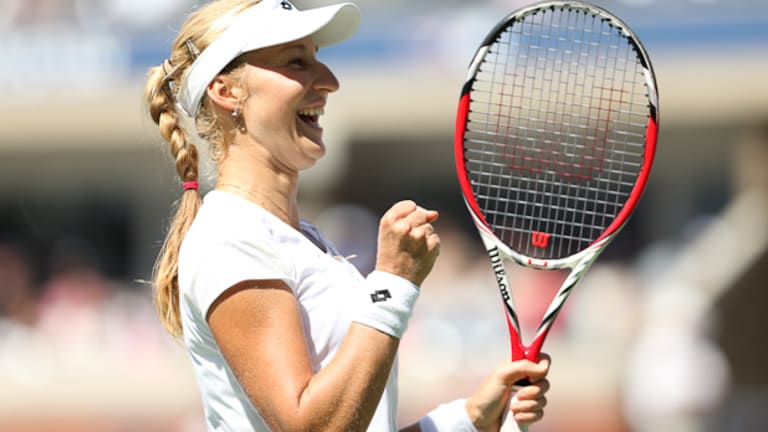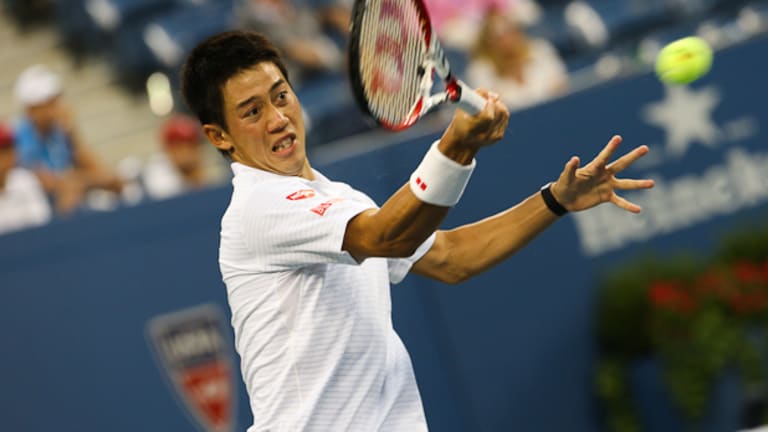“At times, the tennis was not so nice.”
NEW YORK—That was Novak Djokovic’s assessment of his 7-6 (1), 6-7 (1), 6-2, 6-4 quarterfinal win over Andy Murray on Thursday night. As usual, their 21st match-up went on long enough to have its share of ups and downs, sprints and lulls—it went, as Djokovic said, from the very nice to the not so nice. And its shifts came in three distinct phases.
The first could be termed the, “Is this ever going to end”? phase. The match began at 9:30 P.M., and after 22 minutes, the two had played three games. Not that anyone was surprised. Murray-Djokovic play three-hour affairs, minimum. For a brief moment, as they wound their way through 25-shot rallies and left each other huffing and puffing before the first set was over, it seemed that they might challenge the all-time record for finishing times at the Open, 2:26 A.M. This type of tennis was, to be honest, what even the most patient tennis fans have never loved about this rivalry—seemingly endless rallies ending, inevitably, in an error, because neither could get the ball past the other.
Stage II, thankfully, kicked in before the first set ended. As each player settled in, their shots picked up speed and accuracy, and they began to pull each other up, back, and side to side at top speed. With Murray serving at 3-4, Djokovic won a 29-shot rally and flapped his arms to bring the crowd to its feet. On the next point, Murray fired a backhand winner and flapped his own arms in response.
The battle had been joined, and it was a very good one for the next set and a half. Murray was especially good: He began to slap his forehand crosscourt, connecting on it cleanly enough to put it past Djokovic numerous times—no easy feat. Has Murray ever hit it so well? He finished with 46 winners. For his part, Djokovic struggled to maintain the initiative when he had the lead. Three times he grew tentative and gave a service break back.
"For some reason," Djokovic said, "I let him come back into the match."


